As the web evolves and the competition gets tougher, selecting the right framework can often be overwhelming. To simplify the process, there’s a myriad of resources available to compare the features and trade-offs of different tools for your front-end development.
So, here is the list of the top 8 front-end frameworks for your consideration. To help you choose wisely, we'll go into more depth about each of them below.
Role of Front-end Frameworks In Web Development
First, let's define what front-end frameworks are about. The word "front-end" refers to the components of a website or program that users can see. A graphical user interface comprises typography, colour schemes, button shapes, and similar things that display data from backend components.
On the other hand, a framework is a piece of software that makes it easier for developers to build on ready-to-use code when creating a specific IT project. As a result, they can avoid starting from scratch and ease the entire software development process.
A front-end framework is a tool that aids in developing a web application's front-end components. It can help associate data with DOM elements, manage AJAX calls, and decorate app components.
Top 10 Front-end Frameworks For Design & Development
Here, we've put together the top 8 front-end frameworks for you to consider. Let's look at it.
- React
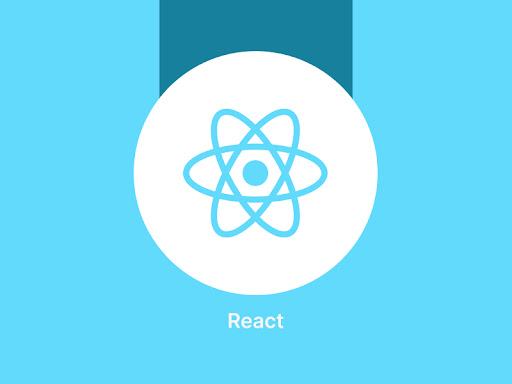
React is one of the easiest frameworks to learn. It was created at Facebook to address problems with code maintainability issues due to the constant addition of functionality to the app. React is now an open-source framework that stands out for the remarkable capabilities it provides, thanks to its virtual Document Object Model (DOM). An excellent framework for people who expect high traffic and need a reliable platform to handle it.
When To Use React:
React is particularly useful when creating user interfaces, especially single-page applications. It is the most reliable front-end framework for constructing an interactive interface quickly since you can reuse the components.
When Not To Use React:
React is the best choice if you have practical expertise with Javascript. Furthermore, the JSX learning curve is challenging for less experienced coders.
- Vuejs
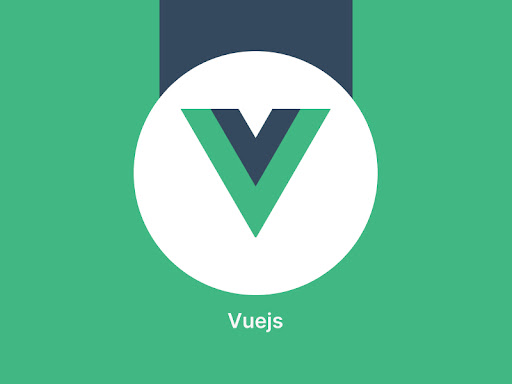
Vue is a clear and easy-to-use front-end framework. It is one of the most famous frameworks nowadays. It works well at simplifying the challenges that Angular developers encounter. It is more compact and has two key benefits: visual DOM and component-based. It has a two-way binding as well.
Vue is flexible and supports you in a variety of endeavours. It can easily manage straightforward and dynamic operations, including developing online, mobile, and progressive web applications.
Despite being designed to address the complexity and increase app performance, it is well-liked by industry titans. However, this framework is used by Xiaomi, Alibaba, 9gag, Reuters, and others. Despite less interest from Silicon Valley, Vue continues to gain momentum.
When To Use Vuejs:
Vuejs is advised for designing structures with flexibility. It enables you to create everything from scratch and works well when creating enormous projects.
When Not To Use Vuejs:
Vuejs is not the way to go if you believe the support community will be there to address the difficulties. Additionally, as the framework has demonstrated issues with component stability, Vuejs could be better for building applications that require stable components.
- Angular
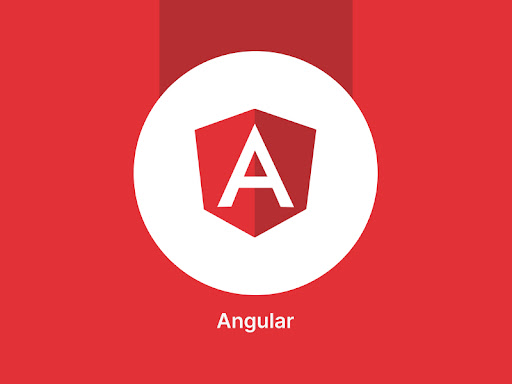
Without Angular, no list of the top front-end development frameworks would be complete. The sole TypeScript-based framework on this list is Angular. Angular was formally introduced in 2016 by Google to fill the gap between the expanding demands of technology and tried-and-true ideas that produced results.
Unlike React, Angular is different with its two-way data binding functionality. It indicates that the model and the view are synchronized in real-time, meaning that any change made to the model is immediately reflected in the view and vice versa.
Angular is ideal for your project, whether it involves creating mobile or web apps. Additionally, you may utilize this framework to create progressive web apps and multi-page websites. Businesses like BMW, Xbox, Forbes, Blender, and others use Angular to deliver their applications.
When To Use Angular:
Angular improves the efficiency of browser-based applications by quickly updating the contents due to its two-way data binding. Using Angular is the ideal option for enterprise-based applications and dynamic web apps.
When Not To Use Angular:
Angular is an all-inclusive front-end framework. You cannot use Angular's resources to create applications with constrained scopes. Additionally, choose a more compact framework with less complicated syntax when your team is smaller.
- Emberjs
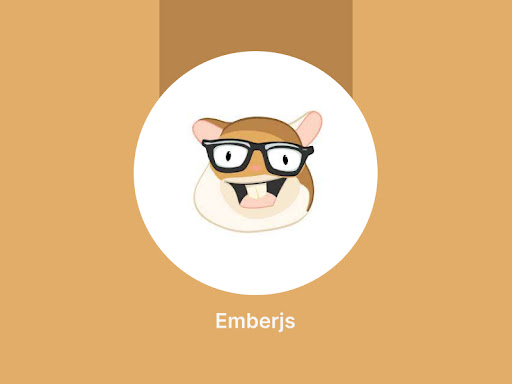
Emberjs was created in 2011. It is component-based and provides two-way data binding, much like Angular. It is made to meet the escalating demands of contemporary technology quickly. With Emberjs, you can create intricate mobile and web applications while counting on its effective architecture to address issues.
One of Ember's minor drawbacks is its steep learning curve. Because of its tight and conventional nature, the framework is one of the hardest to master. The developer community is modest because the field is still underdeveloped and young. Anyone who has no restrictions on making time for learning can go for it.
When To Use Emberjs:
Suppose you want to design contemporary applications with a sophisticated user experience like Linkedin. In that case, Emberjs is the framework with all the technical front-end assistance, such as viewing a wide range of application states due to the excellent routing offered by Emberjs.
The framework is a comprehensive front-end solution for large-scale projects because it offers a ready configuration, practical binding, and custom properties to render the page as necessary.
When Not To Use Emberjs:
Emberjs isn't the best option for a smaller development team because the framework needs expertise and business logic to handle the complications. Emberjs may have a greater startup cost.
Additionally, the framework might not be the best option for creating straightforward ajax operations and establishing a straightforward user interface.
- jQuery
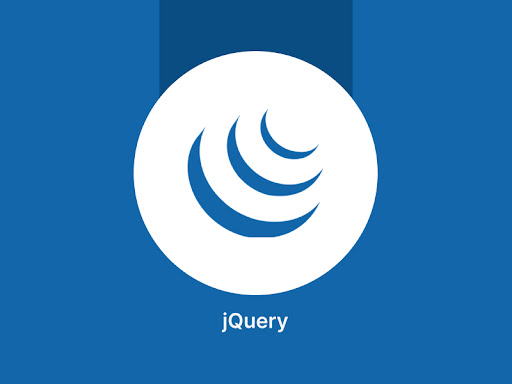
jQuery is one of the first front-end frameworks, released in 2006. Its relevance, even in the modern tech world, makes it unique. jQuery also reduces the need to write lengthy JavaScript codes and provides simplicity and convenience.
There is a sizable jQuery community for the solutions because of its long existence. Fundamentally a library, jQuery enhances a website's functionality and interaction by allowing for the manipulation of DOM and CSS.
Although you cannot create mobile apps using jQuery, new advancements in jQuery Mobile have broadened the usage possibilities.
Additionally, this framework has included support for building native mobile applications using its HTML5-based UI system, jQuery Mobile. Additionally, jQuery is browser friendly and is compatible with any browser you intend to use.
When To Use jQuery:
jQuery is used to create desktop-based JavaScript apps. The framework maintains quite short and straightforward code. It is used to handle events and carry out animations.
When Not To Use jQuery:
Using jQuery while creating a large-scale program is impossible as it adds a lot of extra javascript code, making your application hefty. The framework cannot compete with more powerful javascript facilitation, less coding, and component reuse in newer frameworks.
- Semantic UI
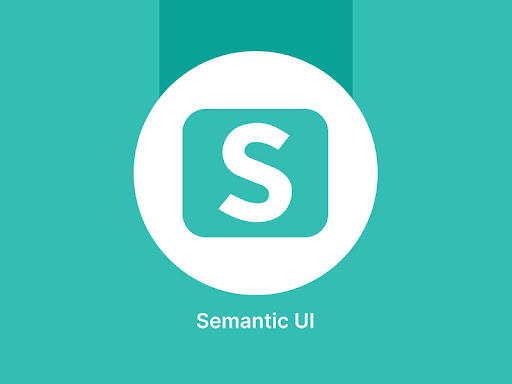
Semantic UI is a relative newcomer to the world of frameworks, but it is already becoming the widely used front-end framework worldwide. It is distinguished by its simple functionality, usefulness, and intuitive user interface. The code is self-explanatory because it uses regular language.
It implies that newcomers who are relatively inexperienced in coding can easily understand the framework. Additionally, it facilitates a more efficient development process due to the integration of numerous third-party libraries.
When To Use Semantic UI:
Semantic UI is a framework for super lightweight technology that allows for an incredibly sleek user interface design.
When Not To Use Semantic UI:
You should not use Semantic UI if you have a team of novices who are less familiar with javascript because it necessitates the capacity to create adjustments in the application without relying on the pre-made functions.
- Foundation
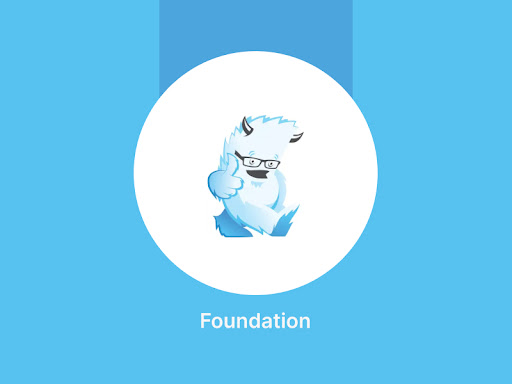
Foundation was created by Zurb and is only appropriate for the enterprise-level creation of responsive and agile websites. It is advanced and difficult for freshers to start using Foundation for application development.
It includes fast mobile rendering capabilities, GPU acceleration for incredibly smooth animations, and data-interchange features that load light chunks for mobile devices and hefty sections for bigger devices.
Working on independent projects will help you become more familiar with the Foundation's framework, and better prepare you to handle its complexities if you begin using it. Mozilla, eBay, Microsoft, and more companies use it.
When To Use Foundation:
If you're searching for stylized CSS components, an open-source front-end framework, and mobile compatibility, Foundation is the best.
When Not To Use Foundation:
Not recommended for novices because it is difficult to adjust the code and makes things more complicated because of its customizability.
- Backbonejs
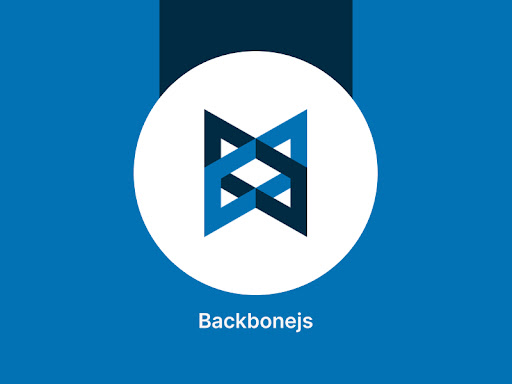
Backbonejs is one of the simplest frameworks available. It enables you to create single-page applications quickly. This framework is based on the MVC architecture. Similar to Controller, the MVC architecture's view enables the development of component logic.
Additionally, this framework is capable of running engines like Moustache and underscore.js. You can also leverage tools like Thorax, Marionette, Chaplin, Handlebars, and others to get the most out of the framework when creating Backbonejs-based applications.
The platform also enables you to create projects that call for several user kinds, with the arrays serving as a means of model differentiation. Therefore, whether you plan to use Backbonejs for the front end or the back end, this is a great option because of its compatibility with REST API, which enables easy synchronization between the two.
When To Use Backbonejs:
Backbonejs is used by dynamic applications like Trello. It enables programmers to create client-side models, update quicker, and reuse code. As a result, it effectively manages updates on the fly, keeps the client up to date, and keeps everything in sync with the server.
When Not To Use Backbonejs:
Compared to other MVC client-side frameworks, Backbonejs has a more straightforward need for developing a web application. However, you can increase the features with plugins and extensions. Therefore, instead of striving for backbonejs, the development team should aim for a comprehensive solution in one framework.
Final Words
These are some of the top front-end frameworks you can use for creating everything from MVPs to large-scale projects. We believe you now have an idea of which framework to choose from based on the requirements of your project.
You can choose the front-end framework with the help of the most experienced front-end development company. They can weigh the advantages and disadvantages of each framework to help you choose better.
Besides, you can also hire front-end developers to learn and work with them.


No comments yet